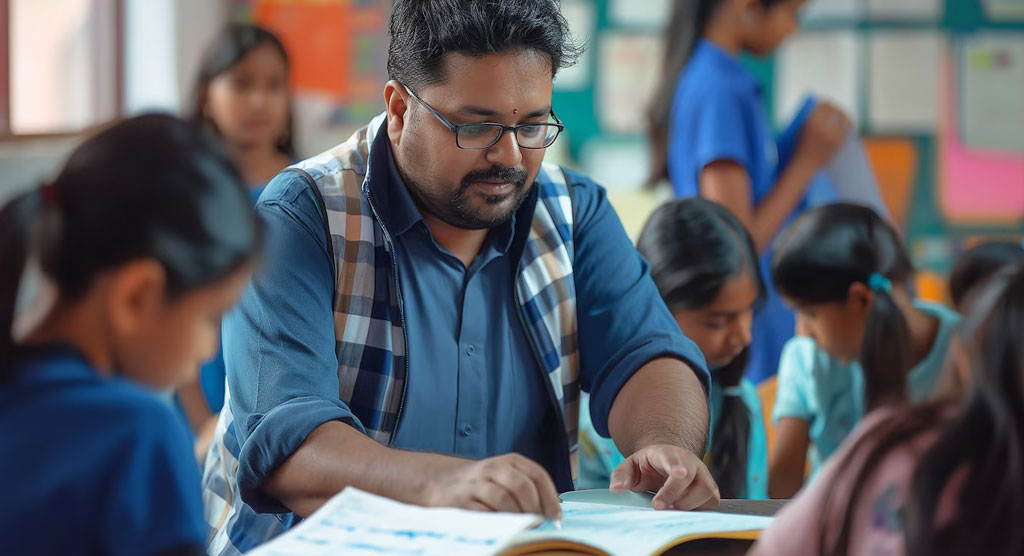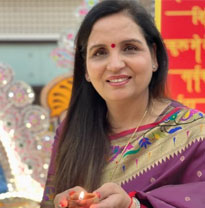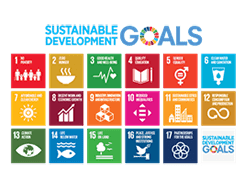Dr. Jyoti Arora, Principal, Mount Abu Public School, Sec-5, Rohini, New Delhi
Education is no longer confined to blackboards and textbooks—it is alive, experiential and all around us. As the world transforms, so too must our schools. The future of learning lies in creating spaces that don’t just contain learners but empower them. From reading corners that whisper adventure to gardens that grow more than just plants, learning spaces must reflect the curiosity, creativity, and collaboration we seek to nurture in our children. An effective learning space is not just a room—it is an experience, a mentor in itself, quietly shaping the learners’ journey.
Imagine a school where every wall has a story to tell, where even the staircases carry the Periodic Table or inspirational quotes, and where children don’t just study science—they grow it in their garden plots. This is where the philosophy of “building as a learning aid” comes alive. At Mount Abu School, for example, corridors double up as math walkways, bulletin boards become interactive spaces for debate, and classrooms open into collaborative zones where students brainstorm, question, and innovate. These environments are not extravagant—they are intentional. They put learners at the heart of design.
Reading corners tucked into quiet nooks of a library or even within the classroom offer students a retreat for imagination and solitude—a break from noise, and a gateway into other worlds. Similarly, “critical thinking zones”—spaces filled with puzzles, provocations, and open-ended challenges—allow learners to go beyond memorization and develop real problem-solving skills. A simple blackboard on a courtyard wall, for instance, can become a space for students to write “wonder questions” each morning, turning passive spaces into vibrant idea hubs.
Green areas and gardens serve as powerful classrooms too. Storytelling under the shade of a tree, science lessons in the school garden, or climate change discussions surrounded by nature—all add a layer of emotional and environmental connection that no textbook can replicate. These spaces foster empathy, care for the planet, and mindful learning. Schools can easily transform an unused patch of land into a student-tended garden, where biology lessons meet hands-on experience. When a child plants a seed and watches it grow, they don’t just learn photosynthesis—they learn patience, responsibility, and the miracle of life.
Collaboration is another cornerstone of modern education, and the spaces must reflect that. Moveable furniture, writable surfaces, shared tables, and circle seating arrangements nurture dialogue and teamwork. A classroom designed for group projects and peer learning becomes a democracy of ideas, where every voice is heard. The shift is clear: we are moving from ‘teacher-led instruction’ to ‘student-driven exploration’. Schools can redesign learning environments to support design thinking, group inquiry, and real-world problem solving—and the results are not just academic, but deeply human.In this evolving landscape, educators must lead a cultural shift. We must see ourselves not just as curriculum planners but as space architects, creating environments that speak to our pedagogy. Even the smallest changes—a recycled reading pod, a reflection wall, or a mindfulness corner—can spark transformation. Involve learners in redesigning their own classrooms; let them paint, suggest, and create. When students shape their space, they shape their sense of ownership, pride, and purpose.
Designing effective learning spaces is not about lavish budgets—it’s about big vision. It’s about understanding that the learning environment is the third teacher—after the parent and educator. When we give space the power to speak, we inspire learning that lingers far beyond the school gates.
Let’s design spaces that grow not just minds, but hearts. Let’s build schools where every wall, tree, and corner says to the learner: “You are safe here, you are valued, and the future is yours to shape.” Because the true lesson lies not in what the classroom contains—but in what it makes possible.



